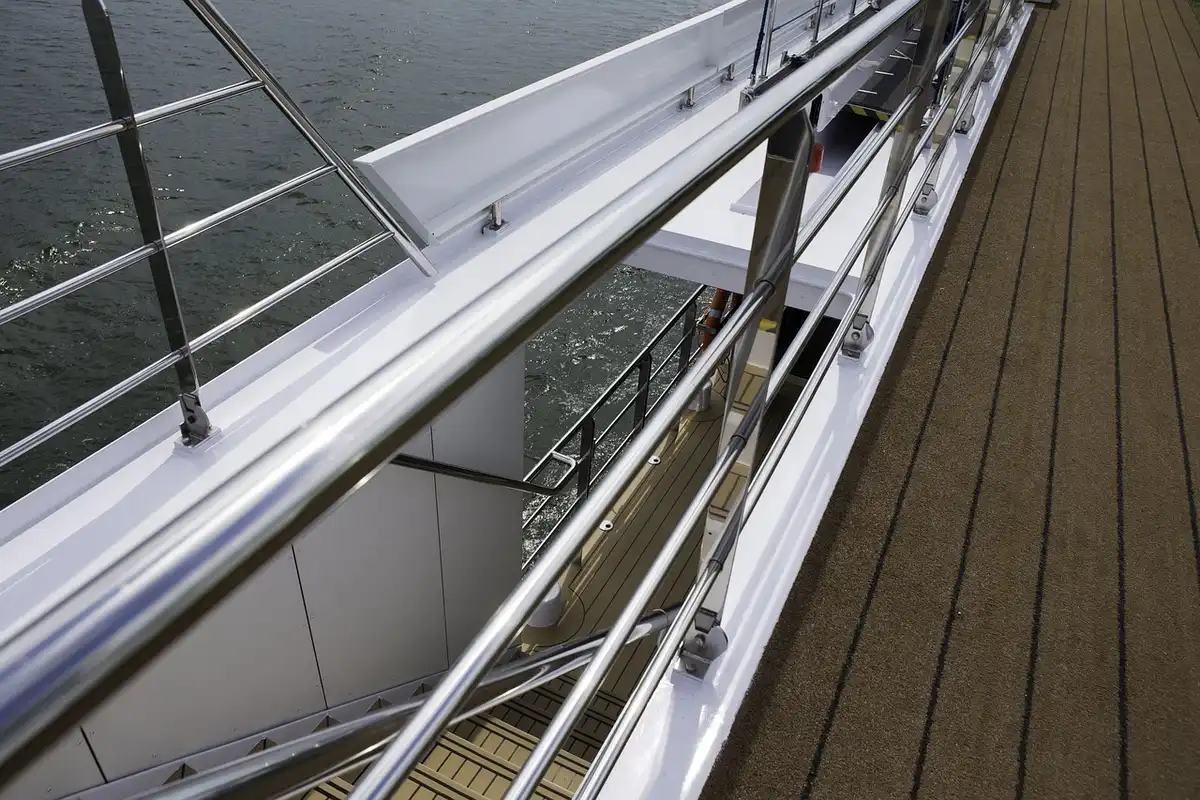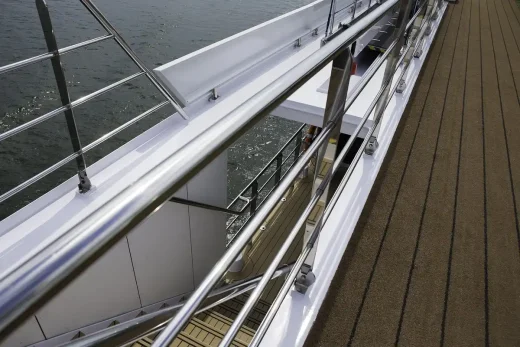How stainless steel is used in sustainable architecture, Eco-friendly Texas homes, architecture and energy solutions
How Stainless Steel Is Used In Sustainable Architecture
7 October 2024
Stainless steel has proven to be the keystone material for sustainable architecture, not only for its indestructible nature and recyclable composition but also for the aesthetic element it brings to the construction site. Unlike other building materials that deteriorate after exposure for a long period of time, stainless steel resists corrosion and harsh weather conditions, thus reducing the demand for its frequent replacement or repair. This material is used in structural elements, claddings, roofing, and interior claddings and has indeed proved to be an ideal material for architects aiming to build resilient and eco-friendly structures. The use of stainless steel is thus one such application toward sustainability goals since it maximizes durability and reduces the utilization of raw materials; hence, the material is relevant to current application in architecture.
Recyclability and Environmental Impact
Probably the most important reason why stainless steel was favored by engineers in application to sustainable architecture is that it can be easily recycled. At the end of its functional life, stainless steel can be completely recycled without degradation, which means it may be infinitely reused. Recycling uses much less energy in comparison with making new steel; therefore, projects using recycled stainless steel have a lower carbon footprint. While building projects are now viewed with regard to their impact on the environment, the use of recycled stainless steel in construction meets eco-friendly principles by producing a lesser environmental footprint and conserving resources.
Energy Efficiency and Thermal Properties
Stainless steel’s properties make it a material that is energy-efficient in nature for buildings. The metal has a high thermal mass, which provides its ability to absorb and store heat. Used in façades or roofing of a building, stainless steel contributes to minimizing heating and cooling demands, and thereby energy consumption. This particular quality has an especially positive impact in commercial architecture, as energy costs play an important part in overall expenditure. By incorporating stainless steel into structural elements, architects can design buildings that maintain a stable internal climate; further supporting sustainability is achieved by energy efficiency.
Applications in Green Building Certification
With increasing popularity in green building certification systems, such as LEED, stainless steel has become an asset in meeting the set criteria on sustainability due to its properties. Many certification standards for properties relating to durability, resource efficiency, and recyclability meet the properties of stainless steel. Using stainless steel within architecture helps a project satisfy the material resource credit and points required for green certifications. This becomes particularly important for commercial buildings within a competitive market, where sustainability credentials provide the added value that gives a property an edge.
Aesthetic and Functional Versatility
Besides providing a contribution to sustainability, stainless steel also offers unbelievable aesthetic and functional versatility to architecture. Its sleek, modern look makes it highly suitable for visually striking design work that appeals to modern tastes. It also offers architects options pertaining to choices of finishes, such as polished, brushed, and matte. This versatility extends into functional aspects as well. For example, architectural elements such as stainless steel tubing used in handrails, structural supports, and ornamental features add style and durability to architectural spaces.
Maintenance and Long-Term Cost Savings
Sustainability in architecture also refers to performance and long-term maintenance apart from mere environmental impacts. This quality has made stainless steel an important factor in cost savings due to its low level of maintenance. As compared to other materials that may require periodic treatments or replacement, stainless steel sustains its appearance and function with just little upkeep. This makes it suitable, especially in external uses where there is rain, wind, and UV radiation, without loss of integrity. Reduced maintenance from the use of stainless steel in a building’s life cycle contributes to operating cost reductions and allows for sustainable management of buildings.
Innovative Uses of Stainless Steel in Sustainable Design
It is intriguing to note that stainless steel still contributes to innovation within architectural design, especially in sustainability. With advanced alloying and the integration of stainless steel into smart building technologies, architects can now adopt this material in new ways to create self-sustaining buildings. Rainwater collection systems, solar panel frameworks, and green roofs themselves are already incorporating more stainless steel in their designs for even more sustainable functionality. These pioneering applications propel architects to further the role of this versatile material toward net-zero and energy-efficient buildings.
Going forward, the contribution of stainless steel to sustainable architecture is likely to expand as architects and structural engineers keep testing its potential. As climate concerns increase, building codes and standards increasingly prioritize sustainable materials. Stainless steel fits well within those evolving requirements. Its recyclability, efficiency in energy use, and resistance make stainless steel the first choice for projects to be undertaken. Sustainability in design depends on the type of material that will enable environmental responsibility and maintain structural integrity, and such a material is stainless steel, which effectively responds to these demands by helping to build the towns of tomorrow that are eco-friendly and resilient.
Comments on this guide to How Stainless Steel Is Used In Sustainable Architecture article are welcome.
Building Energy
Renewable Energy
Benefits of switching to renewable energy
How can small businesses benefit from renewable energy
How Renewable Energy Empowers Consumers
Building Energy
Teaching your family how to save energy
Benefits of energy assessment for your home
Office Building Articles
Commercial Architecture
, Lombardy, north Italy – The Cathedral
Architects: Populous
New Football Stadium in Milan
Comments / photos for the How Stainless Steel Is Used In Sustainable Architecture page welcome.






